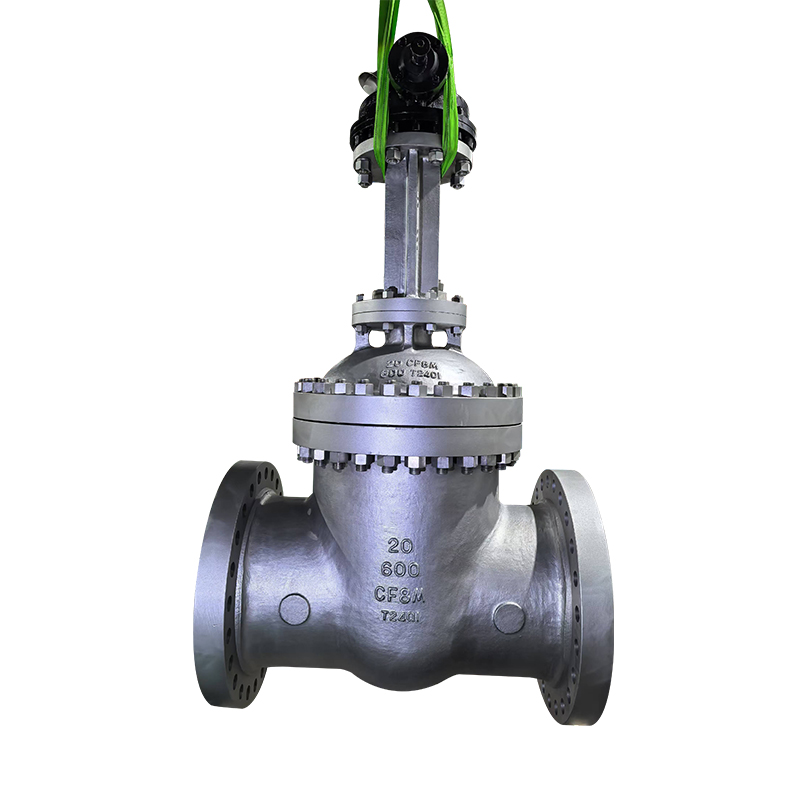
Check valves are widely used in piping systems to allow fluid to flow in one direction while preventing backflow. Their reliability and versatility make them essential in water treatment, chemical processing, oil and gas, and HVAC systems. Among the many types of check valves, two stand out for specific use cases: the Metal Horizontal Lift Check Valve and the High Cracking Pressure Check Valve. This article explains how each functions and highlights their key characteristics in a concise and structured manner.

The Metal Horizontal Lift Check Valve is a type of non-return valve designed to function in horizontal piping systems. It features a disc or piston that lifts vertically within the valve body when forward flow is present and drops back down to seal the opening when flow stops or reverses. Its primary advantage lies in its sturdy construction and its suitability for high-pressure and high-temperature applications.
This valve is typically made of durable metals such as cast steel, stainless steel, or bronze. The internal design includes a seat and a disc that moves up and down in a guided chamber. As fluid flows in the intended direction, the pressure lifts the disc, allowing the fluid to pass. When flow decreases or reverses, gravity and reverse pressure return the disc to its seat, blocking backflow.
Applications and Benefits:
Ideal for steam, gas, or high-temperature fluids
Low wear design due to guided vertical movement
Durable metal construction resists erosion and corrosion
Easy to service due to top-entry design in some models
This valve type is often used in boiler systems, heat exchangers, and industrial process lines where reliability and performance under thermal stress are critical. Its metal seating ensures longer service life, especially where soft seats would degrade under heat or aggressive fluids.
The High Cracking Pressure Check Valve is designed to open only when a relatively high upstream pressure is reached. The term "cracking pressure" refers to the pressure required to slightly open the valve, allowing flow to begin. High cracking pressure valves are useful in systems where premature opening due to low or transient pressures could instability, contamination, or loss of fluid control.
These valves use strong springs or precisely machined components to resist opening until the desired threshold pressure is achieved. Common materials include stainless steel, brass, and engineered polymers, depending on the type of media and system pressure. The design can be found in both inline and cartridge formats, and may feature poppet or diaphragm mechanisms.
Typical Characteristics:
Opens only under specified pressure levels, reducing the chance of unintentional flow
Useful in gas delivery systems, hydraulic controls, and instrumentation lines
Available in multiple cracking pressure ratings, often ranging from a few psi to several hundred psi
Supports system stability by preventing fluctuations from triggering flow
High cracking pressure check valves are often found in aerospace systems, fuel supply lines, and medical devices where precise flow control is required. They can also be used to isolate subsystems that should only engage when a certain threshold is met.
By selecting the correct cracking pressure for the application, system designers can improve reliability and avoid issues such as siphoning, cross-contamination, or premature component wear. Maintenance is minimal, but regular inspection of the spring mechanism and sealing surfaces helps ensure consistent performance.

